Old Tehran – downtown sightseeing
Old Tehran Series
Having served as Iran’s capital for over two centuries, Tehran boasts many attractions, from turn-of-the-century architecture to old structures-turned-coffee shops.
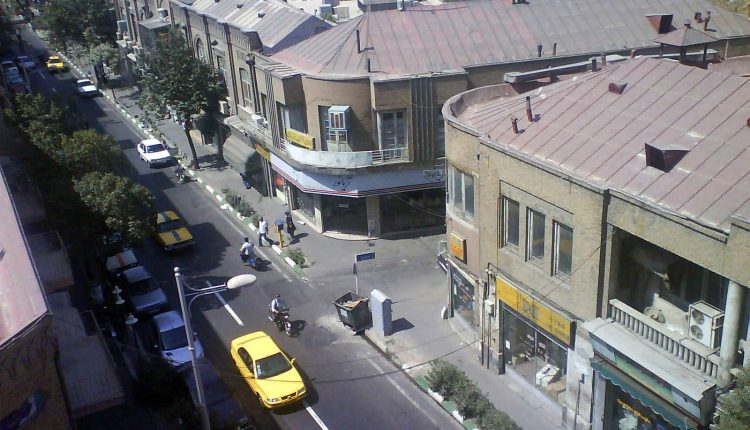
Despite being young by local norms, Tehran is a also rife with nostalgia. The narrow alleys and wide boulevards in downtown Tehran have witnessed some significant moments in Iranian history.
From one of Tehran’s first streets that was dubbed “The Nudes” to the “Iranian Champs Elysees”, the metropolis is replete with more culturally and historically significant avenues and alleys that can fit in a single article. Here are the tales of Tehran streets.
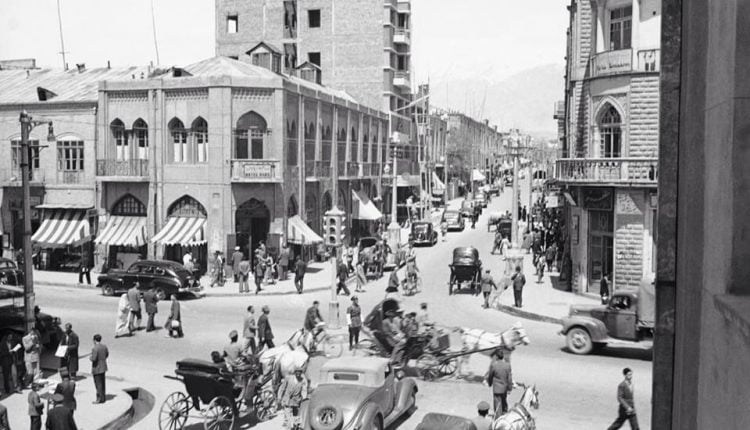
Lalehzar Street
About half a century ago, Lalehzar Street was known as the city’s cultural hub. In its prime, it was home to 16 cinemas and six theatres! Some of Iran’s most famous singers and actors made a name for themselves performing in the plethora of venues in Lalehzar.
Today, the street is chock full of electronic stores and is gradually losing its historical identity; however, there are still remnants of Lalehzar’s old texture- mostly facades and signs- which help give a glimpse into the past.
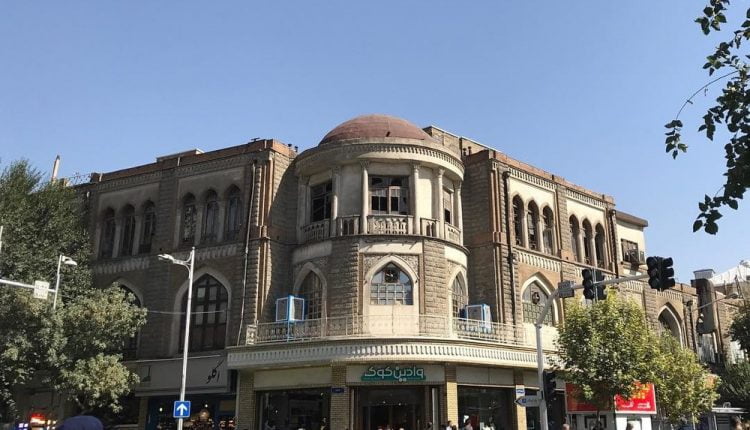
Barbod, a long narrow alley, was probably the most significant area of the street for one reason only: Back in the day, six cinemas were located in Barbod Alley. Hard to imagine? Nobody can blame you; even those who have seen it have a hard time wrapping their heads around it. But do see for yourself. The signboards of some of the cinemas, such as Naderi, are still up and in plain view.
The street was built in the late 19th-century by the order of Nassereddin Shah who, having just returned from a trip to Europe, wanted Tehran to have a street as remarkable as Champs Elysees in Paris.
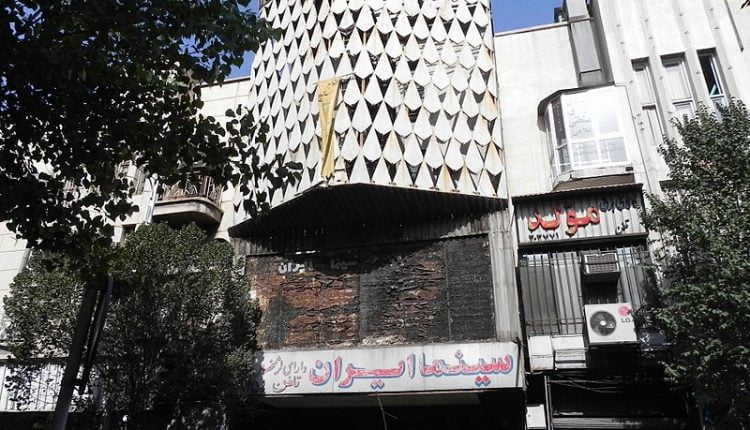
The street is split into to two: Lalehzar, which is older, and Lalehzar No (Persian: New Lalehzar).
The only remnant of the Qajar era is the impeccable House of Amin-ol-Soltan (aka Etehadieh House) which is currently closed to the public as it is under restoration.
Make sure to check out Tehran Grand Hotel, or what’s left of it. Built in the twilight years of the Qajar era (late 19th to early 20th century), it is said to be Iran’s oldest modern hotel. However, some dispute that claim, arguing that Qazvin Grand Hotel is older.
Sa’adi Street
Named after the eminent poet Sa’adi, the street was also called “Lokhtiha” (Persian for the nudes). There are two prevailing theories as to why it was called that: The first theory suggests that because the street was devoid of any buildings for years, it was referred to by the locals as “the naked street”.
The second, and more probable, theory says that because the street was secluded in its early years, it proved to be an ideal spot to mug unsuspecting people and strip them bare, giving rise to the name “the nudes.”
Located in Tehran’s historical District 12, Sa’adi Street is one of the busiest avenues in the city. Built during the reign of Qajar king Nassereddin Shah (re. 1848 – 1896), Sa’adi is one of the first streets to be built in Tehran. Various architectural styles, most of which western, can be seen in buildings lining the street.
It wasn’t until the establishment of the Iran office of the US-based Singer Corporation on Sa’adi sometime between 1925 and 1941 that the street started to gain people’s notice. The street grew rapidly, with shops and corporate buildings popping up along the street.
Today the Singer Building, as it has come to be known, is a tourist attraction for history buffs. But it is not the only site of interest on Sa’adi.
Singer Building in Sa’adi Street
The house where popular Iranian writer and intellectual, Sadeq Hedayat, grew up in is located in Taqavi Street just off Sa’adi.
On Manouchehri Street, which intersects Sa’adi, there’s an old shopping center called Chehel Sotoun that’s worth a visit if you’re into handicrafts and antiques.
Sa’adi is replete with restaurants and cafes, some of which have retained their old architecture and the atmosphere in these establishments is reminiscent of yesteryear. Popular spots include Tilit, an upscale place that specializes in a traditional Iranian food, Dizi; and Mignon, a café-cum-pastry shop whose specialty is everything chocolate!
Getting to Sa’adi is easy if you’re taking the subway; just get off Sa’adi Station on Line 1 and you’re there.
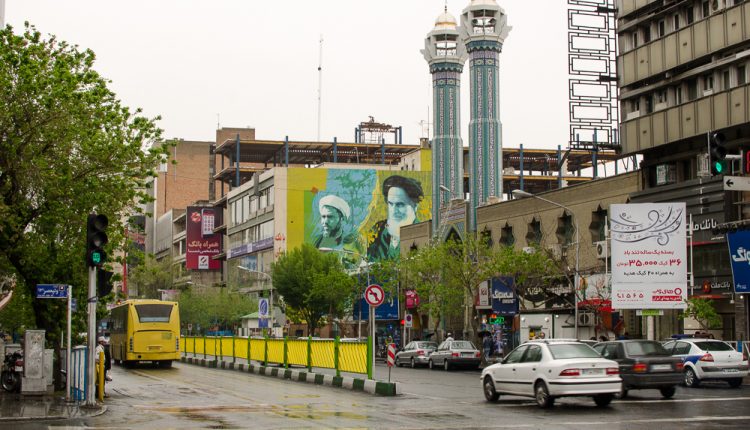
Jomhouri Avenue
While not as old as the other two, Jomhouri Avenue is just as famous as Sa’adi and Lalehzar.
Persian for “republic”, Jomhouri was initially called Shah Abad and then Eslamboul, before having its name changed for a third time following the 1979 Islamic Revolution.
Cafe Naderi in Jomhouri Street
Among the most important sites of attraction are Masoudieh Mansion (built in 1916) and Firouz Bahram High School, which is one of Tehran’s oldest schools (founded in 1932) still in operation.
There are a number of cafes and restaurants on Jomhouri, particularly Café Naderi, One of Tehran’s most famous and oldest coffee shops.
A significant part of the street falls in central Tehran’s no-fly zone, designated as such due to the presence of important government institutions, including the office of the president, as well as the office of the Leader of the Islamic Revolution Ayatollah Seyyed Ali Khamenei.
Jomhouri has racked up a reputation as the go-to place for electronic equipment, from gadgets to home appliances.
Jomhouri is quite accessible: If you want to get to the east end (Baharestan Square), take the subway and get off at Baharestan Station on Line 2. Sa’adi Station on Line 1 is approximately located in the middle of Jomhouri, so that’s an option as well. Traveling east and west along the street is easy thanks to the BRT (bus rapid transit) network.

Ferdowsi Avenue
Originally called as Ala-ol-Doleh Street, Ferdowsi Street was built in the twilight years of the Qajar dynasty in the early 20th century.
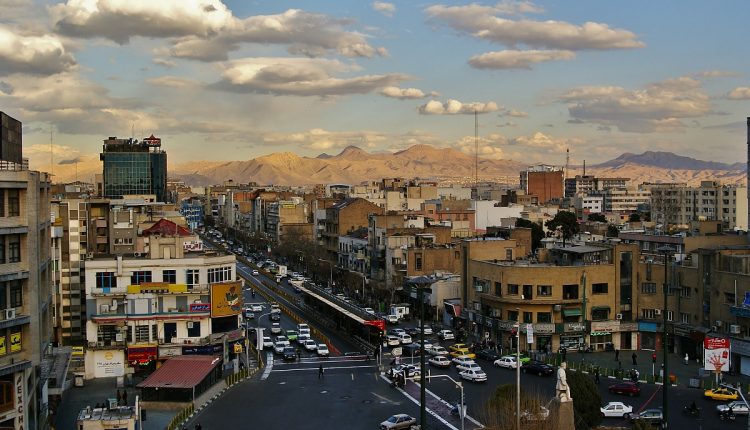
Ferdowsi Square, 1960
Named after the beloved Persian poet, Ferdowsi extends from Imam Khomeini Square in the south to Ferdowsi Square about 1.7 km north.
Most foreign visitors in Tehran end up going to Ferdowsi at least once during their trip due to the abundance of currency exchange offices in the area.
While remnants of 20th century architecture can still be seen, the street is now mostly lined with shops selling leather products and, as mentioned above, currency exchange offices.
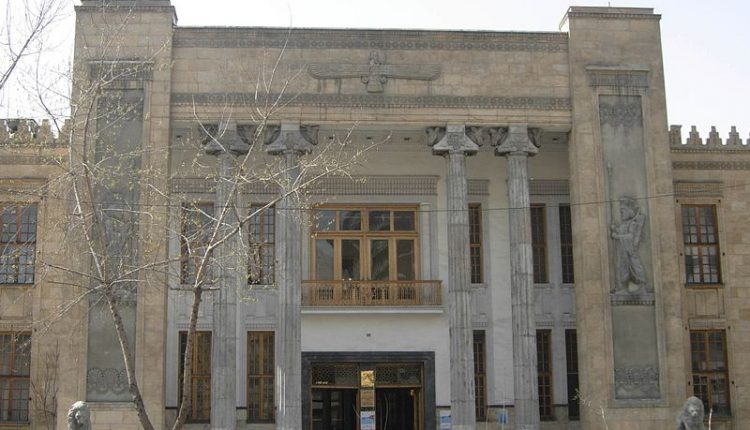
Melli Bank in Ferdowsi Street
Nonetheless, a number of historically significant sites still remain, such as the Coin Museum (founded in 1945) at the southern end of Ferdowsi; the Treasury of National Jewels further south of the Jomhouri intersection; and the San’ati Museum (founded in 1946), which showcases paintings and sculptures by the renowned artist and sculptor Ali Akbar San’ati, who died in 2006 at the age of 90.
Located in downtown Tehran, the street is easily accessible by subway: Ferdowsi Station on Line 4 is on the northern end of the street, while Imam Khomeini Station (where lines 1 and 2 cross paths) is located on the southern end.
All the streets named in this article are linked; in other words, touring them can fit in a day. So make sure you have the apps Foursquare and Tehran Metro on your smartphone and head out; there’s a lot of history waiting to be discovered!
This article was written by our guest writer Kian Sharifi.


